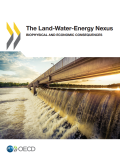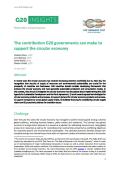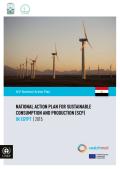
In December 2015, the European Commission published the new Circular Economy Package, containing a host of initiatives to reduce waste and to increase the longevity of products and materials, but it failed to set a headline target for reducing the EU’s use of resources. Such a target could help to increase political attention and visibility of the issue, stimulate long-term ambitions and streamline the action of all actors – both public and private – towards reducing the consumption of natural resources.
In order to gain political support for such a target, this CEPS Policy Brief highlights two preconditions that need to be obtained:
- The target needs to be based on an attractive vision for change shared by a majority of stakeholders (including business and industry).
- It needs to be based on robust and consistent indicators across the EU – both on the public and on the company level.
Meeting these two preconditions will considerably ease the introduction of a policy mix aimed at fostering more circular business models.


In recent years the circular economy has received increasing attention worldwide due to, inter alia, the recognition that security of supply of resources and environmental sustainability are crucial for the prosperity of countries and businesses. G20 countries should consider developing frameworks that enhance the circular economy and more generally sustainable production and consumption modes. In this context, they should 1) integrate the circular economy into discussions about implementing the 2030 Agenda for Sustainable Development and the Paris Agreement, 2) work towards agreed terminologies for circular economy products and processes, 3) support demand for circular economy products and services, 4) support transparency across global supply chains, 5) facilitate financing for establishing circular supply chains and 6) proactively address the transition issues.


This resource is also available in Arabic.
The National Strategy and Action Plan for Mainstreaming Sustainable Consumption and Production into Agriculture/Food Production, Transport, and Waste Management Sectors in the Hashemite Kingdom of Jordan (2016-2025) aims at supporting the implementation of agreed on SCP strategic, operational objectives and actions at the national level. This document has been prepared in line with the regional SCP Action Plan for the Mediterranean, in cooperation with the SWITCH-Med Programme and financed by the European Union to support SCP common objectives in the region. Jordan’s SCP Strategy and National Action Plan (NAP) addresses key human activities, which have a particular impact on the Jordanian environment including marine and coastal areas and related transversal and crosscutting issues. It defines common objectives and identifies actions guiding the implementation of the SCP at the national level.
